I WANT TO VISIT...
- The Cathedral and the Treasure of San Gennaro
- Spaccanapoli
- Via San Gregorio Armeno
- Naples Underground and the Bourbon Gallery
- Sansevero Chapel and the Veiled Christ
- The Church and Cloister of Santa Chiara
- Archaeological Museum of Naples (MANN)
- The Charterhouse and Museum of San Martino
- Il Maschio Angioino
- San Carlo Theatre
- Piazza Plebiscito and the Royal Palace
- Fontanelle Cemetery
- Catacombs of San Gennaro
- Capodimonte Museum and Park
- Castel dell’Ovo and the Lungomare
Nolana 28
Sansevero Chapel
Fontanelle Cemetery
Naples Underground
Vai San Gregorio Armeno
Cloister of Santa Chiara
San Carlo Theatre
Lungomare Caracciolo
Cathedral
Spaccanapoli
Archaeological Museum of Naples (MANN)
Piazza Plebiscito and the Royal Palace
Il Maschio Angioino
The Charterhouse and Museum of San Martino
Capodimonte Museum and Park
Catacombs of San Gennaro
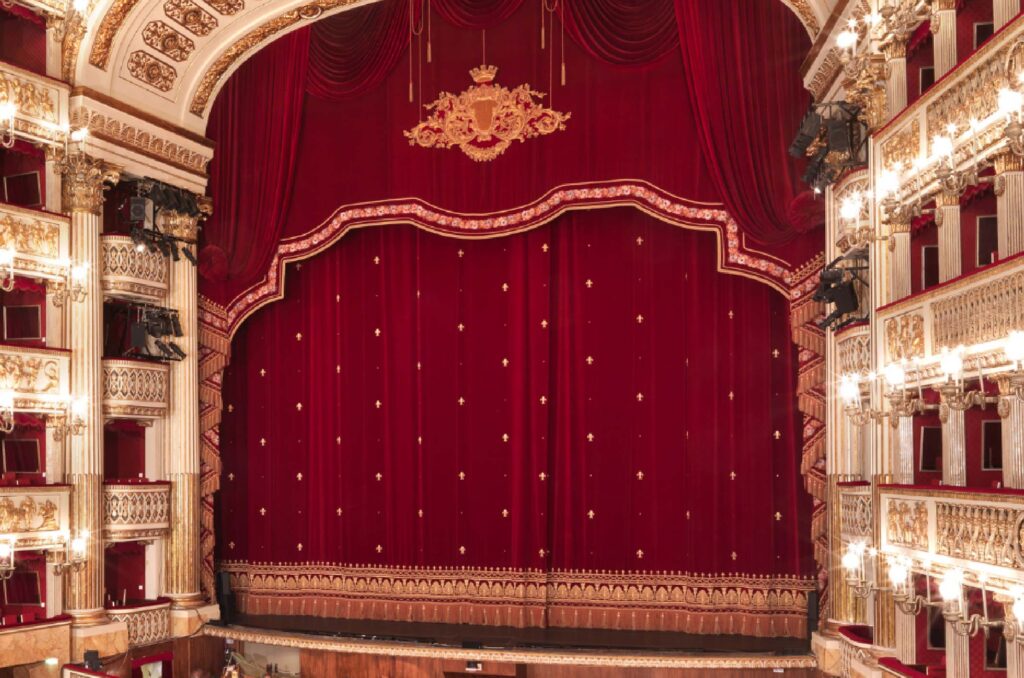
San Carlo Theatre
The Real Teatro San Carlo is one of the largest Italian theatres and among the oldest in Europe. Along with many other places in Naples, it is recognized by UNESCO as a World Heritage Site. The project was entrusted to architect Giovanni Antonio Medrano, who delivered the completed theatre ready for performances in just 8 months from the start of construction—a remarkable feat considering that San Carlo has 184 boxes plus a royal box, accommodating 1,379 people. A fun fact: King Charles had a door built behind the Royal Box to travel to and from the nearby Royal Palace without going out onto the street.
info: www.teatrosancarlo.it
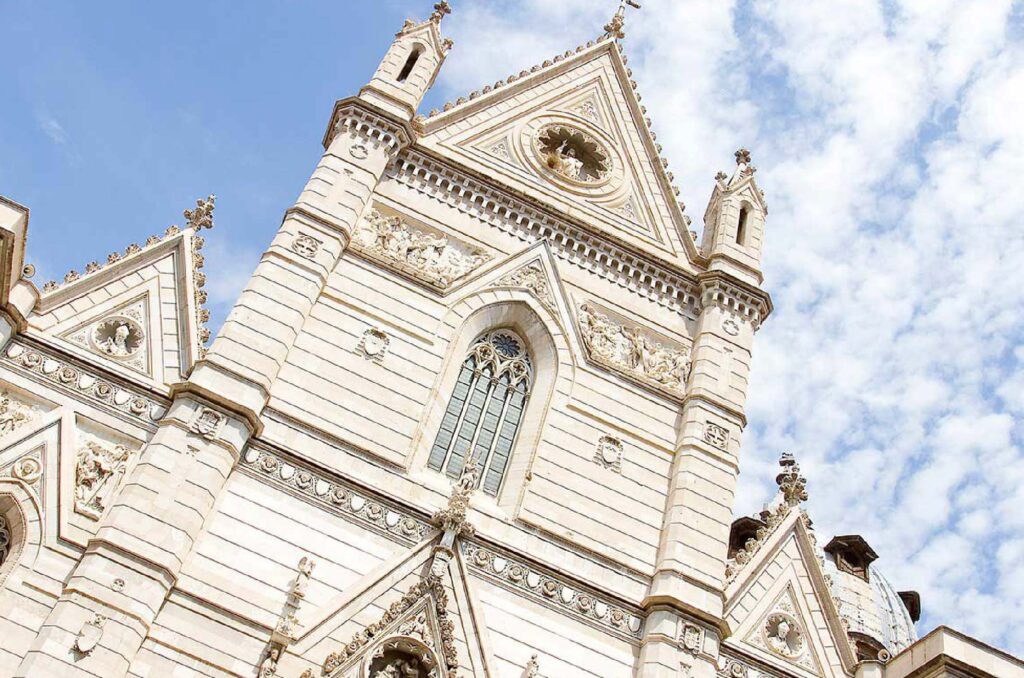
The Cathedral and the Treasure of San Gennaro
Along the 19th-century Via Duomo, the majestic facade of Naples Cathedral appears, primarily a place of worship for San Gennaro. Rich in chapels belonging to powerful Neapolitan families, the Cathedral is adorned with paintings by Luca Giordano depicting the Apostles, Church Fathers, and Doctors of the Church. For Neapolitans, the Cathedral is above all the place where the Chapel and the Treasure of San Gennaro are located. The Treasure of San Gennaro, which has finally found a space next to the Cathedral, houses relics and precious objects that have become oracles of faith. The Treasure also includes statues, candlesticks, and various silver items, which devotees have protected during the numerous plunders of the city.
info: tesorosangennaro.it
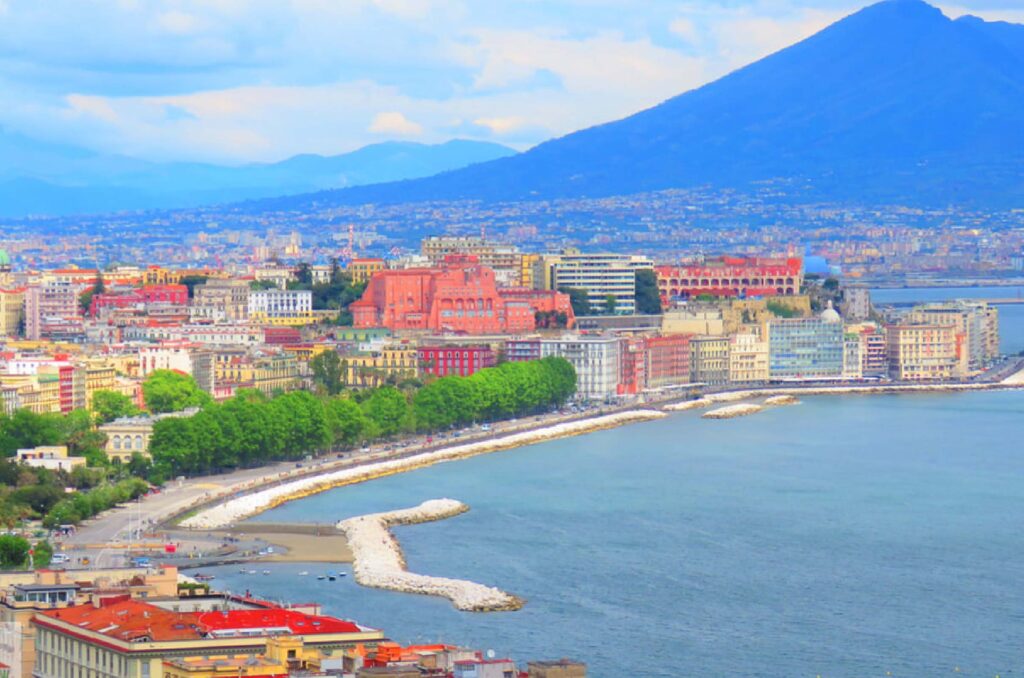
Castel dell’Ovo and the Lungomare
Proud and melancholic, cradled by the sea waves, Castel dell’Ovo rises on the ancient islet of Megaride. You can reach it from Piazza del Plebiscito by following the horizon and the sound of the sea. Surrounding Castel dell’Ovo is a charming neighborhood with a characteristic structure and a suggestive atmosphere: the Borgo Marinari of Naples, built to provide homes for fishermen and later becoming a place for cafes, unique restaurants, and nautical clubs over the centuries. Leaving the Castle, many consider the Lungomare to be the most beautiful promenade in the world. It stretches for a few kilometers with the sea on the left and restaurants on the right until you reach the Villa Comunale and the Aquarium.
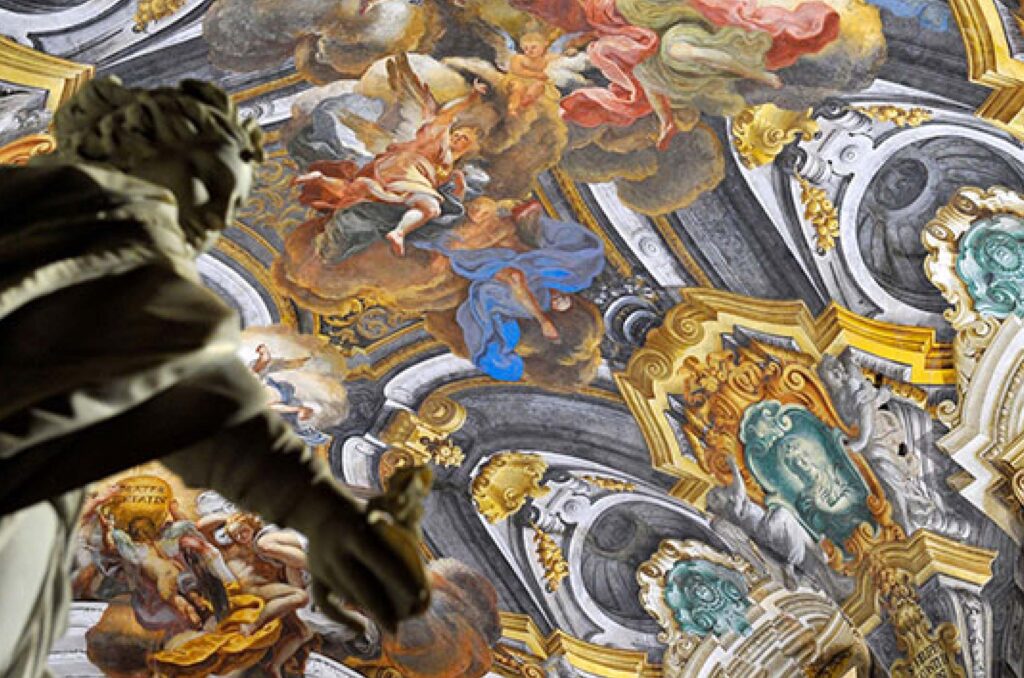
Sansevero Chapel and the Veiled Christ
The Veiled Christ is one of the must-see destinations in all tourist itineraries because it is truly unmissable! What makes this sculpture so touching is the marble veil—similar to soft fabric—capable of revealing every vein and muscle of Christ as if it were real. Legend has it that the marble veil is actually a fabric veil turned to stone thanks to a special liquid invented by the Prince of San Severo, a scientist and alchemist. The famous statue, created by Giuseppe Sanmartino, is housed in the wonderful Sansevero Chapel, located in the heart of Naples’ historic center, behind Piazza San Domenico Maggiore and near San Gregorio Armeno—the street of nativity scenes. The Chapel deserves a visit not only for the Christ but also for the other works present in this hidden gem among the streets of Naples.
info: www.museosansevero.it
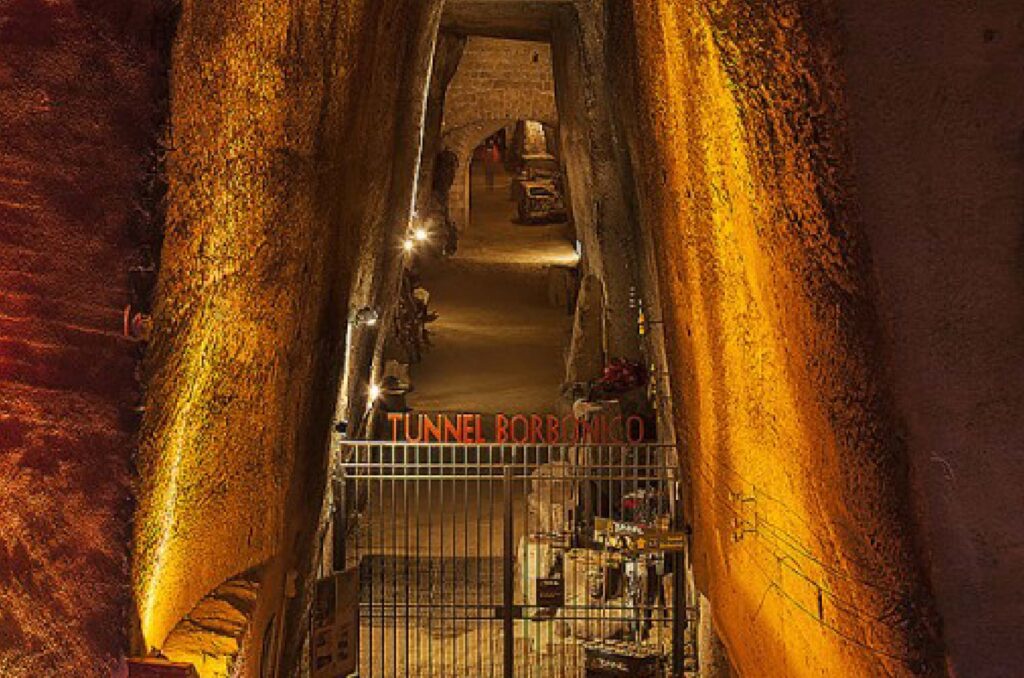
Naples Underground and the Bourbon Gallery
For centuries, the deep belly of Naples has provided tuff for constructing the city above. Therefore, the underground city hides a dense web of nooks, caves, and tunnels that tell a story parallel to life in Naples above. In recent decades, there has been a significant recovery of the Underground Naples, which can now be visited along two main routes: from Via dei Tribunali, you can access the classic route that crosses the Greek-Roman aqueduct, air raid shelters, the War Museum, underground gardens, and the Seismic Station “Arianna.” The Bourbon Gallery, commissioned in 1853 by Ferdinand II of Bourbon, is a long underground tunnel that connects Largo della Reggia (now Piazza Plebiscito) to Piazza della Vittoria. Its true purpose was military: it was meant to provide a quick escape route (to the sea) for the royal family in case of riots and a rapid connection to the palace for soldiers. Architect Errico Alvino, while designing the Gallery, skillfully navigated around two aqueduct cisterns, constructing two distinct underground bridges that are considered a pride of 19th-century European engineering.
info: www.napolisotterranea.org
info: www.galleriaborbonica.com
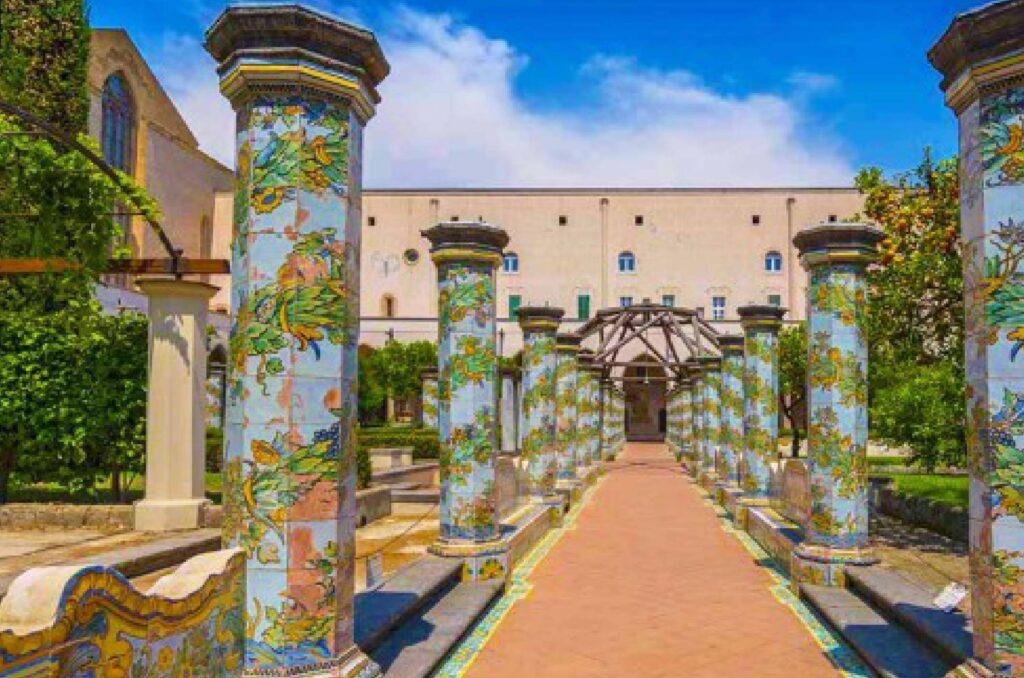
The Church and Cloister of Santa Chiara
Let’s start with the wonderful majolica cloister, a true oasis of peace right in the center of Naples. Those tired of walking (Naples has one of the largest historic centers in the world!) can take a break in this splendid cloister next to the Church of Santa Chiara, the most important and significant example of Gothic architecture in Naples.
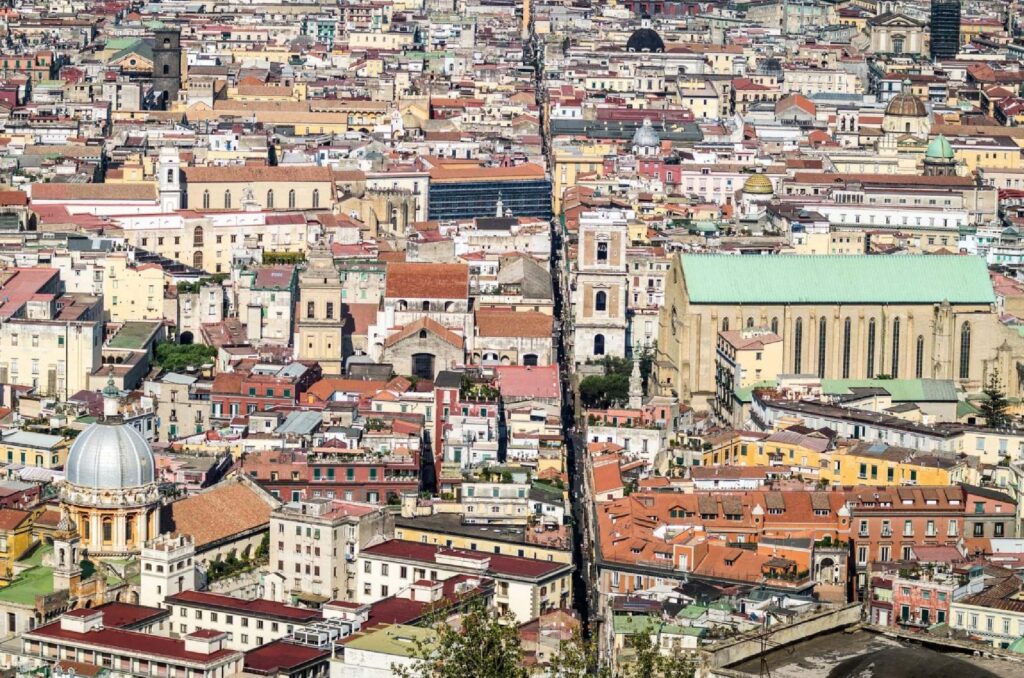
Spaccanapoli
Spaccanapoli is the street that runs from the Spanish Quarters to the Forcella district, cutting straight through the city of Naples. Climbing above San Martino and observing from above, it is evident how this street divides the heart of the city. Walking along Spaccanapoli, you traverse millennia of history. There are ancient buildings, churches, legends, and the unmistakable aromas of Neapolitan cuisine. Don’t be surprised by anything: along the route of Spaccanapoli, you may encounter not only beautiful churches but also families living in the lower floors, artisan artists, and street vendors selling everything. In short, this street alone can tell the soul of Naples.

San Gregorio Armeno
In San Gregorio Armeno, it’s Christmas all year round. Throughout the months, even when it’s hot and Christmas is far away, the masters are at work creating the typical cork nativity scenes and terracotta figurines. This ensures that San Gregorio always appears on the list of things to see in Naples. Each nativity scene master can perfectly advise their clients on the meaning, symbol, and use of each figurine. Talking with them is a journey into the traditions of Naples and the proverbial kindness of Neapolitans.
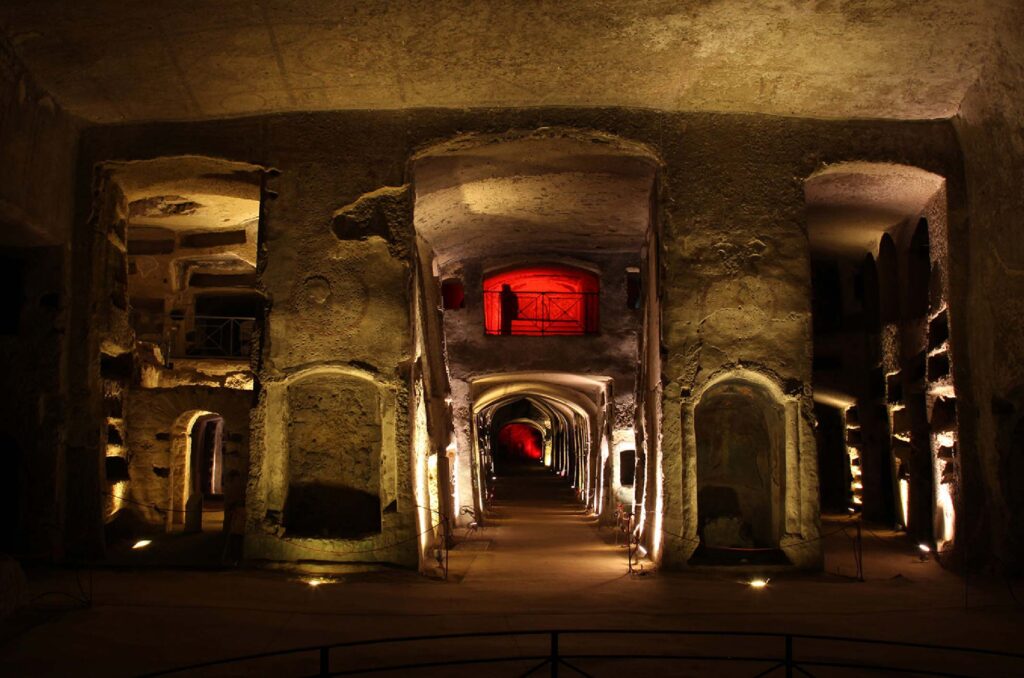
Catacombs of San Gennaro
In the Sanità district, you can visit the Catacombs of San Gennaro, an experience we recommend to understand the close connection of these undergrounds with the patron saint. The Catacombs of San Gennaro have ancient origins; it is said that before becoming the great ossuary of the Christian community, they were privately owned by a noble family. The site extends over two levels: the lower catacomb and the upper one. The heart of the lower catacomb is the Hypogean Basilica of Sant’Agrippino, where historically the tomb with the saint’s remains was located. Don’t miss the ancient altar and the large baptismal font. The tour of the Catacombs of San Gennaro is entirely barrier-free, making it accessible to everyone.
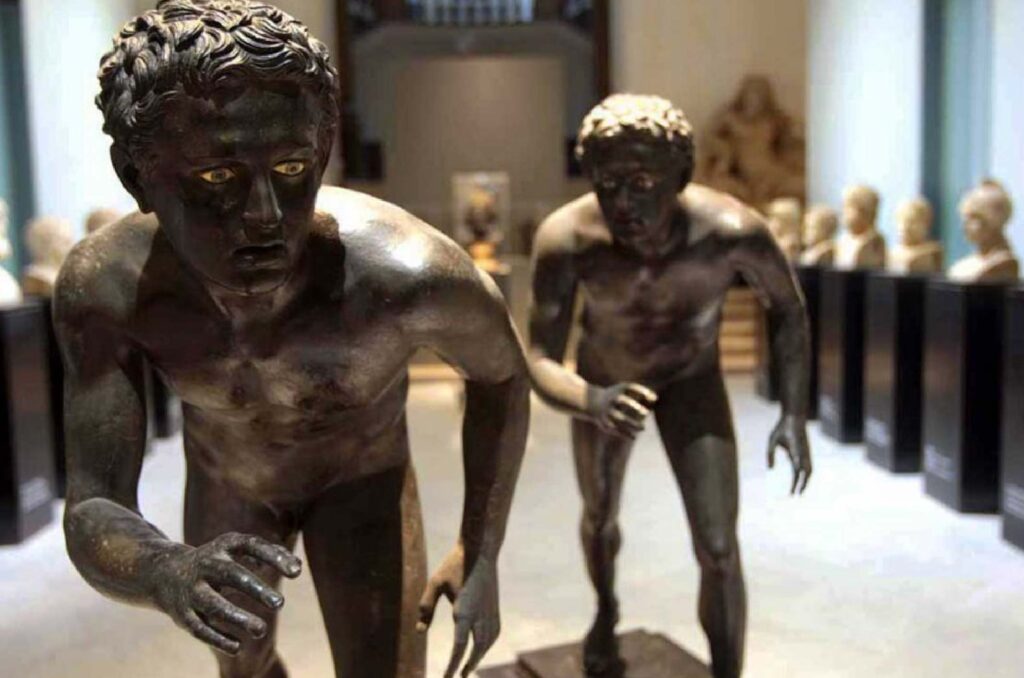
Archaeological Museum of Naples (MANN)
Before being a museum, the 1585 palace housed an equestrian school and later a university, and in 1816 it became the first seat of finds and then a museum. Today, it is one of the most important in the world for the quality and quantity of the works it houses. The Archaeological Museum, in addition to containing finds from the excavations of Pompeii, houses Greek-Roman artifacts, the Egyptian and Etruscan antiquities of the Borgia collection, and ancient coins from the Santangelo collection. Don’t miss the “Secret Cabinet,” opened to the public in 2000, which collects sculptures, paintings, and various objects, mostly of an erotic nature. In Roman times, the phallic symbol was considered effective against evil eyes and diseases and a promise of prosperity.
info: mann-napoli.it
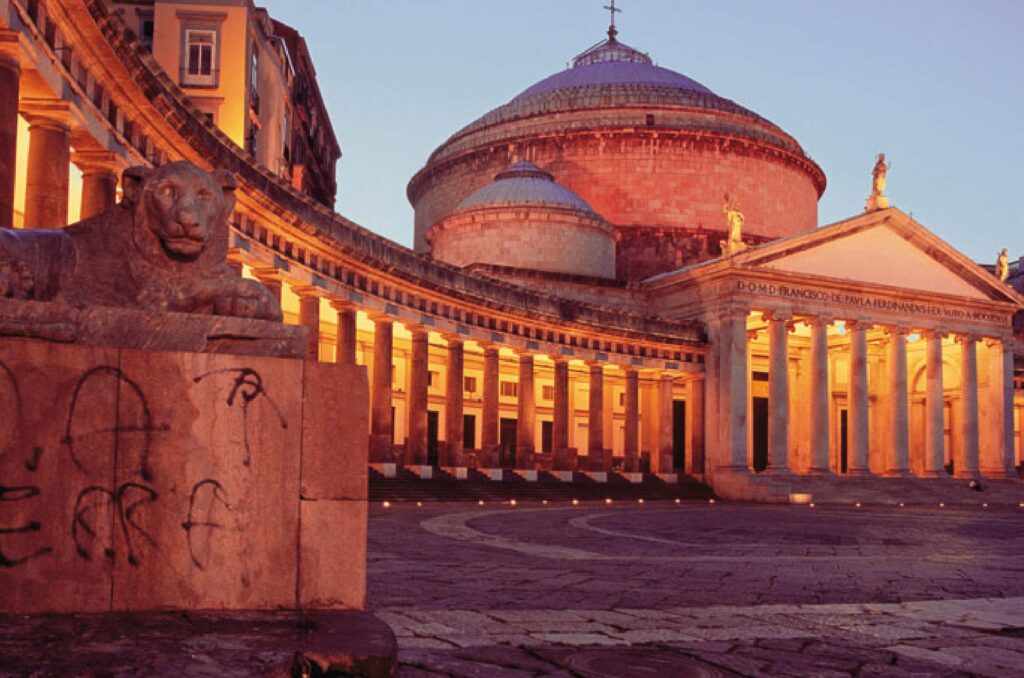
Piazza Plebiscito and the Royal Palace
Piazza Plebiscito is the symbol of the new “Neapolitan Renaissance”: freed from cars, it is a place for strolling for Neapolitans and tourists who come to admire its grandeur and two jewels: the neoclassical colonnade of the Church of San Francesco di Paola and the Royal Palace. The Royal Palace of Naples was founded as the palace of the Spanish king Philip III of Habsburg in 1600. Architect Domenico Fontana designed a civil residence with late Renaissance forms. When Naples became the capital of an autonomous kingdom under Charles III of Bourbon in 1734, the Palace was expanded towards the sea. The interiors were arranged in late Baroque style with precious marbles and celebratory frescoes, including works by Francesco De Mura and Domenico Morelli.
info: palazzorealedinapoli.org

Il Maschio Angioino
The Maschio Angioino controls the entire Piazza Municipio with his gaze and turns his attention to the seafront of via Caracciolo. Currently the Maschio Angioino is home to the Civic Museum and, especially in summer, a place for shows and cultural events. The museum itinerary winds between the Armory Hall, the Palatine or Santa Barbara Chapel, the first and second floors of the southern curtain together with the Charles V Hall and the Loggia Hall which host events and artistic activities. Don’t miss a visit to the fourteenth-century Palatine Chapel which was frescoed by Giotto and his students with stories from the Old and New Testaments. At the entrance to the Maschio Angioino is the triumphal arch built by Alfonso of Aragon to celebrate his conquest of the Kingdom of Naples which took place in 1443.
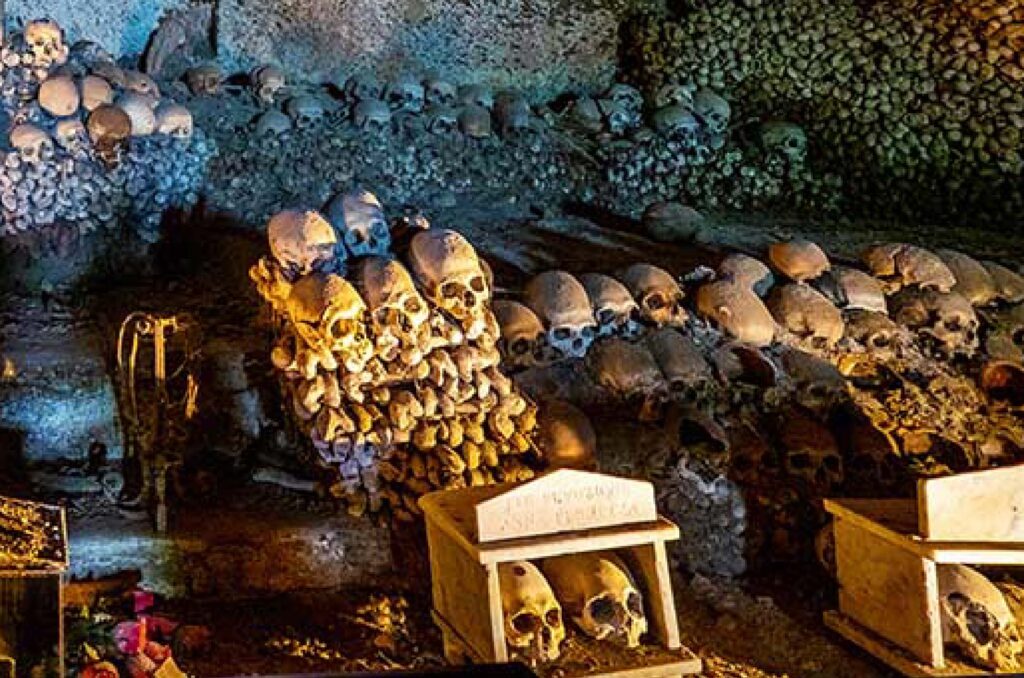
Fontanelle Cemetery
If there is one place that truly represents the soul of Naples and its people, it is the Cimitero delle Fontanelle, located in the heart of the Rione Sanità, between Via Foria and the Capodimonte hill. The Cimitero delle Fontanelle is a centuries-old ossuary that holds over 40,000 human remains. But up to this point, nothing seems extraordinary: the remarkable thing is that here the bones are exposed to the devotion and care of Neapolitans, to such an extent that watching them as they visit illustrates their relationship with religion, death, the deceased, destiny, the lottery, and fortune.

The Certosa and Museum of San Martino
The Certosa di San Martino is located on one of the highest points in the city. From its viewpoint, you can see the entire Gulf of Naples—a breathtaking sight. From here, especially after a day of rain, Naples reveals its stunning explosion of colors, alleys, sky, land, and sea. Inside the Certosa is the Museo di San Martino, which houses Neapolitan sculptures and paintings from the 15th and 16th centuries. On the Vomero hill, near San Martino, a visit to the nearby star-shaped fortress, Castel Sant’Elmo, is also a must.
info: www.beniculturali.it/luogo/certosa-e-museo-di-san-martino
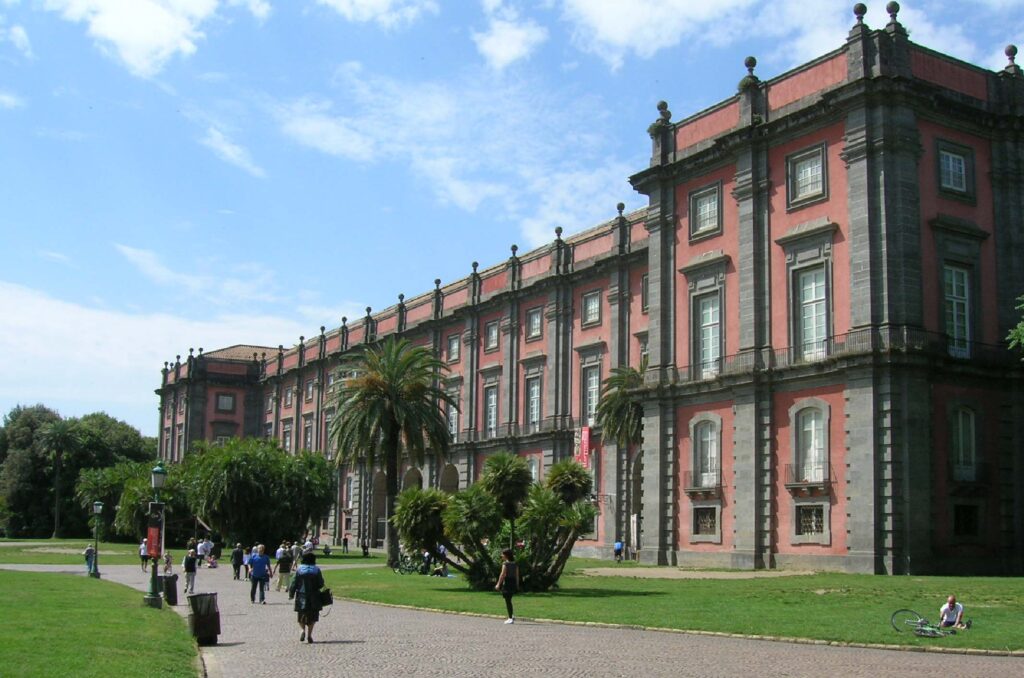
Capodimonte Museum and Park
This wonderful museum is housed in the former hunting lodge of Charles VII of Bourbon, who had it built in 1738, and today it is one of the most important museums in Italy. It houses masterpieces by Caravaggio, Titian, Raphael, and Bellini, as well as the Farnese collection and the Neapolitan gallery. The surrounding park is a real oasis in the heart of Naples, with paths, centuries-old trees, and stunning views of the Gulf. It is a wonderful place to take a break from city life and enjoy a stroll i n the shade of the trees or relax on a bench.
